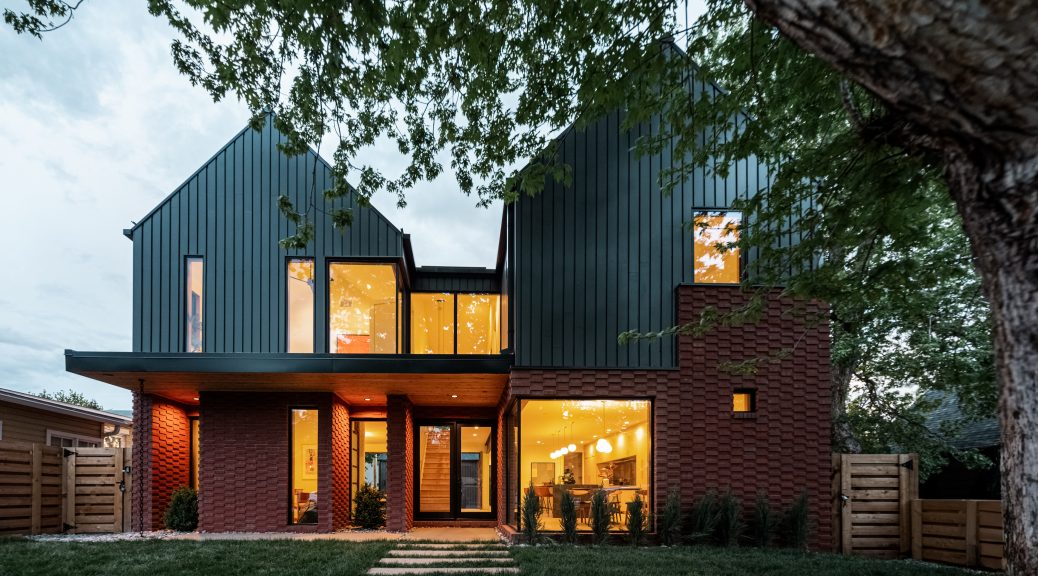
May Metro Denver Market Review
The Denver real estate market experienced notable shifts in May 2024, influenced significantly by persistent higher interest rates. As of June 3rd, there are 9,159 active listings in the eleven-county Denver metro area, the highest number since 2012. For context, during the 2006 housing bubble, active listings reached an extreme 30,457, while May 2021 saw a record-low 2,075 homes due to historically low interest rates. As we dig into the data and trends, it becomes clear that understanding the current landscape is crucial for making informed real estate decisions in Denver.
Inventory Trends and Historical Context
May 2024 saw a significant increase in active listings, marking a 31% rise from April. Historically, the average increase from April to May has been around 7.5%, underscoring the unusual surge this year. The average number of active listings in May from 1985 to 2024 has been just under 15,000. Post-recession, from 2012 to 2024, this average drops to 6,609. Interestingly, during the pre-pandemic “normal” years of 2017 to 2019, the Denver Metro Association of Realtors (DMAR) area averaged 7,074 listings for May. The current inventory level offers buyers 29% more options than these pre-pandemic years.
Price Dynamics Amid Pending Sales
Despite the rise in inventory, Denver’s market has shown resilience. According to ICE Mortgage Technology, Denver experienced a modest 0.2% price growth in April. However, May saw slight declines, with DMAR reporting a decrease of just under 0.5% in median prices and 0.75% in average prices. New pending sales slowed, increasing by just under 2% in May compared to an 8% increase in April. This indicates a cooling effect, but not a drastic downturn in home values, demonstrating the market’s ability to maintain stability in spite of increased supply.
Mortgage Rates and Buyer Behavior
High mortgage rates continue to significantly influence buyer behavior. Rates hovered around 7.4% throughout May, leading to a 2% drop in nationwide mortgage purchase applications. This has contributed to the cooling demand in Denver, yet buyers remain engaged, particularly in the higher-end market. Notably, homes in the over one million dollar range saw the highest increases in pending and closed sales in May, reflecting strong buyer confidence in this segment despite higher borrowing costs.
Market Performance and Outlook
Year-to-date closed sales are trailing behind any January through May period since 2012, with overall closings down just over 5% year-over-year. Despite a 6% increase in May closings compared to April, the overall trend points towards a market cooling. As long as interest rates remain elevated, demand will likely stay tempered, potentially leading to further price adjustments. However, consumer confidence remains a bright spot, with the Consumer Confidence Index rising to 102 in May, buoyed by positive views on current business and labor market conditions.
The broader economic landscape is mixed, with indicators of both resilience and slowing growth. Personal income and consumer spending saw modest increases in May, suggesting ongoing consumer strength. However, the Federal Reserve’s cautious approach to rate cuts suggests that higher rates may persist, continuing to influence market dynamics.
In summary, the Denver real estate market in May 2024 is a complex landscape of rising inventory, high mortgage rates, and resilient consumer confidence. While the market shows signs of cooling, particularly in year-to-date sales, the increased inventory presents new opportunities for buyers. Staying informed and proactive will be essential for navigating these evolving dynamics and securing long-term success in Denver’s vibrant real estate market.

